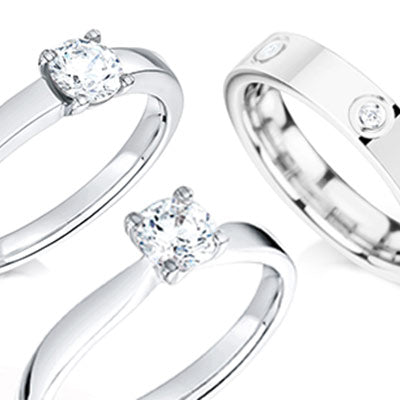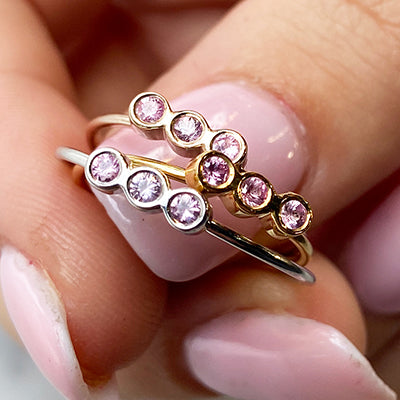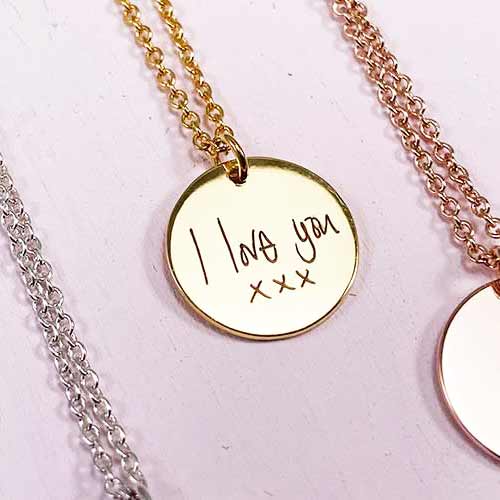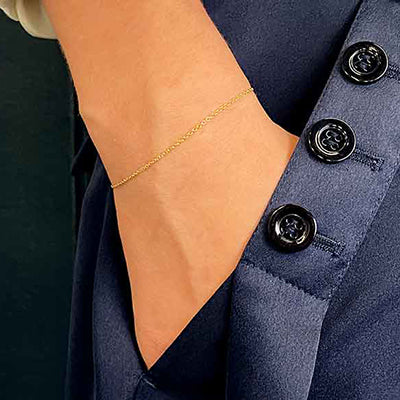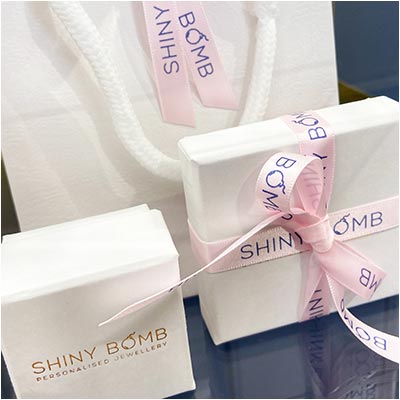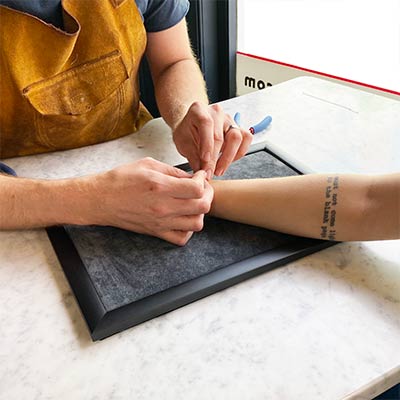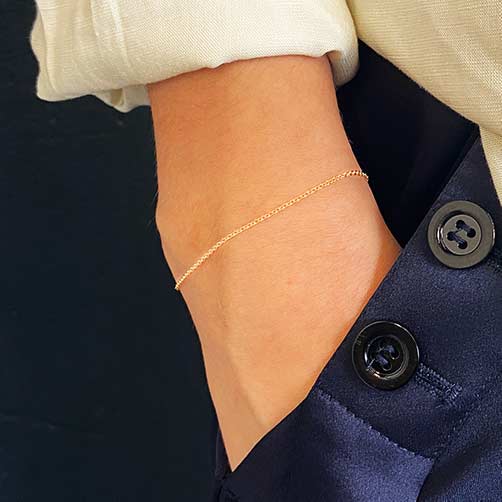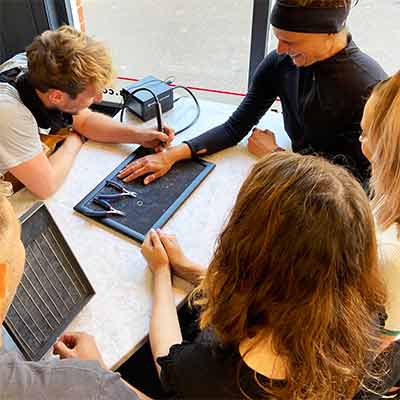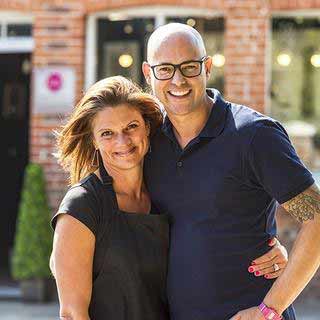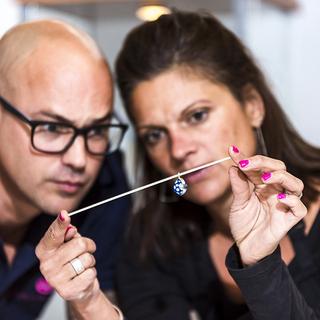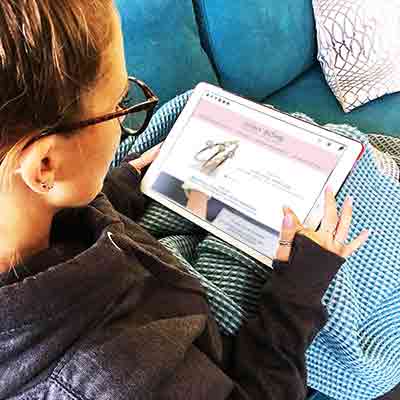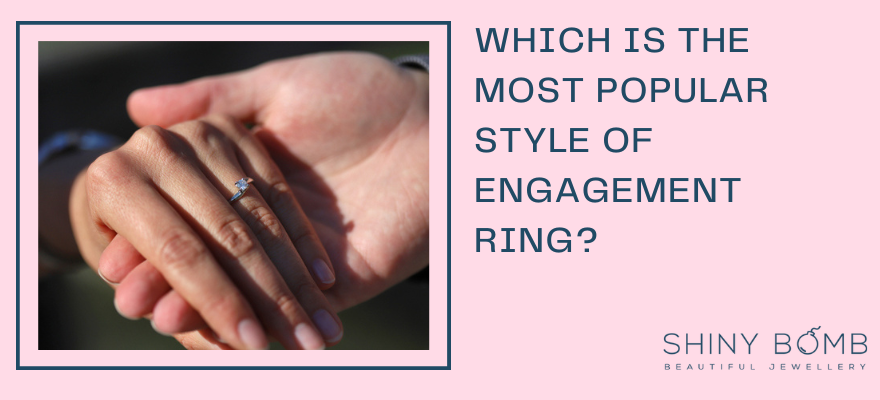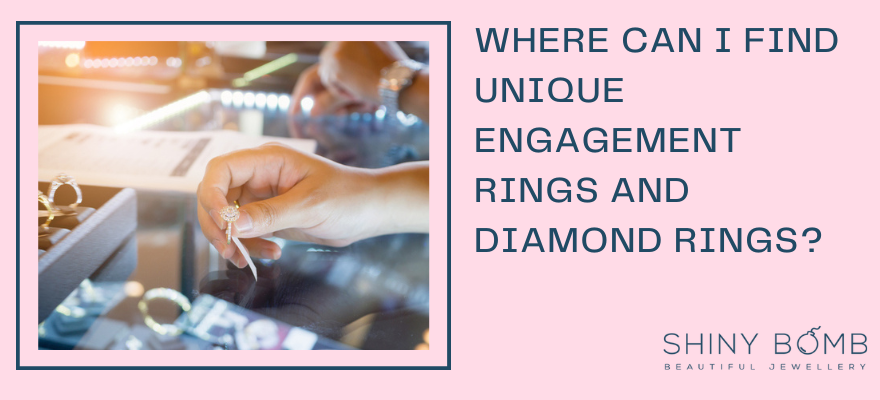
The tradition of exchanging engagement rings has been a longstanding and cherished practice in many cultures around the world.
While the giving and receiving of engagement rings symbolise a commitment to marriage, the question of who should wear engagement rings is one that has evolved over time and continues to spark debates and discussions. It’s becoming more common for couples to fight back against tradition and make choices based on their needs and wants, rather than blindly following trends.
In this article, we will explore the history of engagement rings, the significance of this tradition, and how the roles and expectations have evolved in modern times.
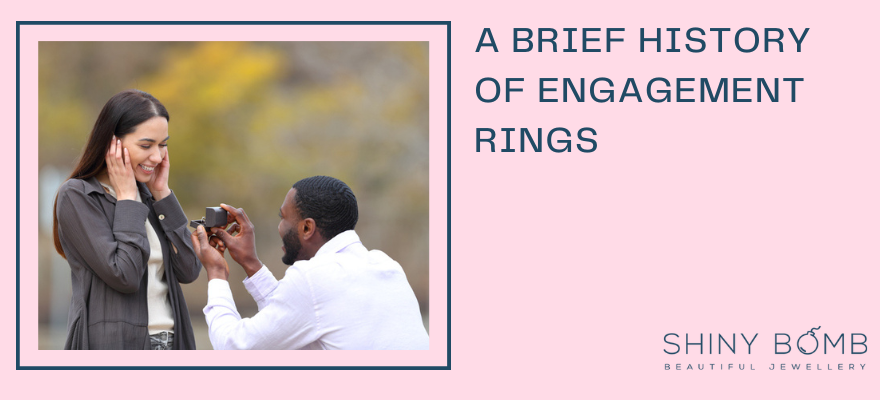
A Brief History of Engagement Rings
The practice of giving and receiving engagement rings dates back thousands of years. The ancient Egyptians are often credited with originating the concept of the engagement ring. These early rings were typically made from braided hemp or reeds, symbolising a promise of love and fidelity.
The ancient Romans adopted and adapted this tradition, exchanging rings made of more durable materials like iron or gold. The circular shape of the ring came to symbolise eternity, and the tradition spread to various parts of the world over time.
The ritual of spending a lot of money on the engagement ring, typically by choosing a diamond, was all part of a marketing campaign concocted by diamond sellers De Beers in 1948.
They ran a marketing campaign around the idea of spending 2 months salary on a diamond engagement ring. From that point on, a diamond was considered the standard choice for an engagement ring. This has driven up the price of getting engaged, with the average couple in the UK now spending between £1,865 and £2,100 on their ring.
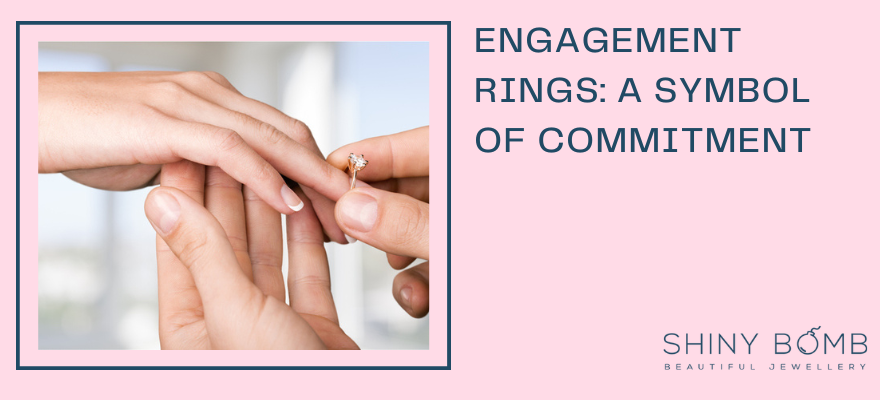
Engagement Rings: A Symbol of Commitment
Engagement rings have always represented a commitment to marriage. They symbolise a promise between two individuals to love, honour, and cherish each other for the rest of their lives. The act of exchanging rings during a proposal is a powerful and emotional gesture, signifying the intent to spend a lifetime together.
Traditionally, the engagement ring is worn by the person who receives the proposal, typically the woman. However, it's essential to recognize that cultural and societal norms surrounding engagement rings have evolved over time, and the roles and expectations are not as rigid as they once were.
Same sex couples, for example, might choose to both wear engagement rings. And some heterosexual couples may choose to both wear an engagement ring, just as they would both wear a wedding band.
While some women receive an engagement ring, they might choose not to wear it, or to wear it on a chain around their neck. There are many reasons a woman might not wear a ring, from simply not liking jewellery, to being unable to wear a ring in their line of work. A surgeon, for example, would not be able to wear their ring at work, so they might not wear one at all.
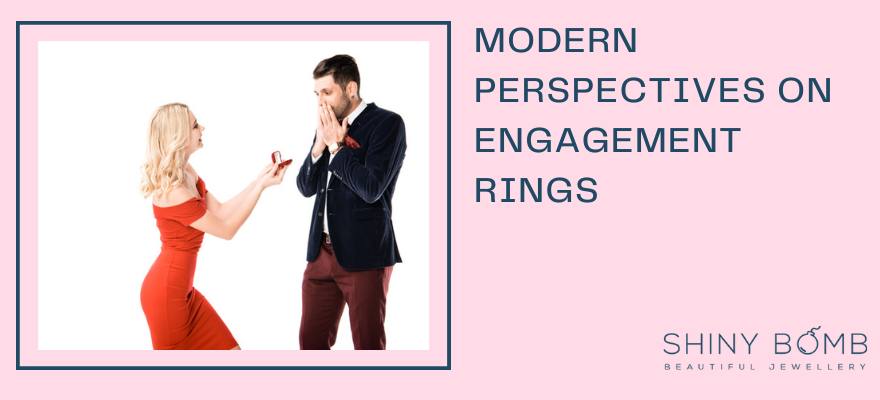
Modern Perspectives on Engagement Rings
In today's society, the question of who should wear an engagement ring is a matter of personal choice and can vary greatly from one couple to another. Here are some modern perspectives:
Equality
Many couples embrace the idea of equality in their relationships. In such partnerships, both individuals may choose to wear engagement rings as a symbol of their shared commitment. Equality can also mean that neither of the partners wear a ring. Having the freedom to be engaged and not wear a ring is becoming more popular, as some women view the ring as a sign of intended ownership.
Gender-Neutral Rings
Some couples opt for gender-neutral engagement rings that do not conform to traditional styles or expectations. These rings can be designed to reflect the unique personalities and preferences of both individuals.
Non-traditional engagement rings
Couples could also move away from the very expensive choice of a diamond engagement ring and opt for something less expensive. Lab grown diamonds, for example, offer a cheaper and just as dazzling option that won’t break the bank. You could also choose a simple ring that doesn’t look like a traditional engagement ring.
Customization
More couples are customising their engagement ring traditions. Some may choose to exchange other meaningful tokens of commitment, such as watches or tattoos, while others may decide not to exchange any physical symbol at all.
Practical Considerations
In some cases, practical considerations play a role in determining who wears the engagement ring. Couples may decide based on factors like who values jewellery more and who has a job that will allow them to wear jewellery at work. Those who work with their hands might struggle to wear an expensive ring.
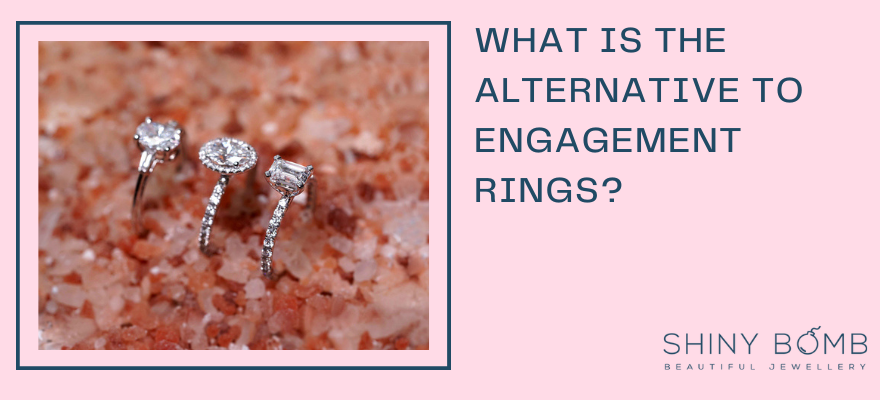
What is the alternative to engagement rings?
Some couples don’t need a symbol to show they are engaged, they will simply ask the question and then plan a wedding. This would typically be for non-traditional couples who would rather spend their money on things like travel and experiences.
In this instance, they might choose another item to exchange to show their commitment. This could include small tattoos on the ring finger to symbolise a permanent commitment.
Some couples may also propose with a temporary placeholder ring. The intention is to purchase a larger ring at a later date, but they may eventually decide that it is better to put the money towards more valuable things like the wedding, a family home or the honeymoon.
Conclusion
The question of who should wear engagement rings is no longer bound by rigid traditions and gender roles. Instead, it has evolved into a matter of personal choice and partnership dynamics. What remains constant is the significance of the gesture - a promise to love and cherish one another.
Ultimately, the decision on who wears the engagement ring should reflect the values, preferences, and mutual understanding of the individuals involved. Whether one or both individuals choose to wear an engagement ring, the most important aspect is the love and commitment shared between them as they embark on the journey towards marriage.

